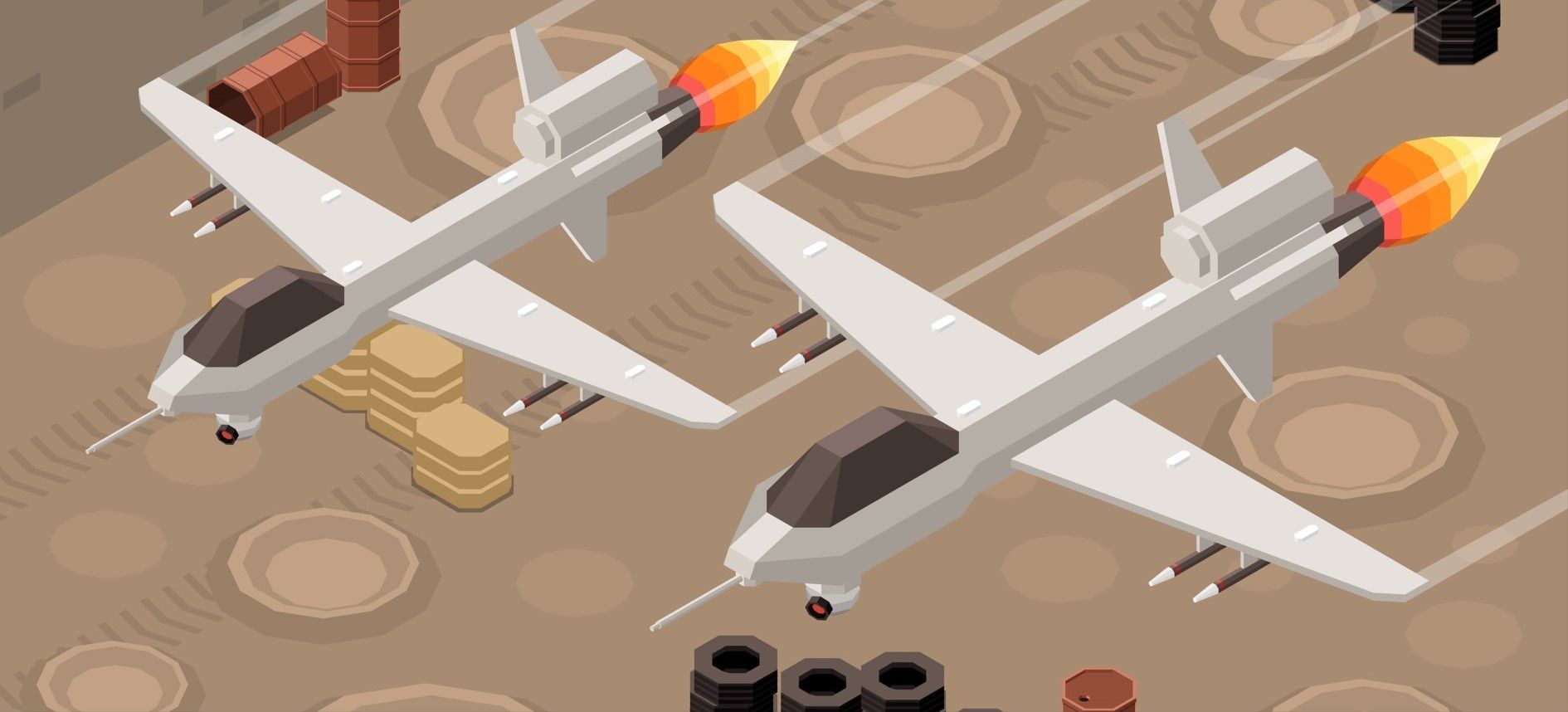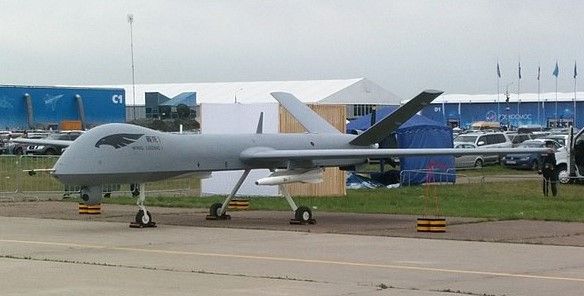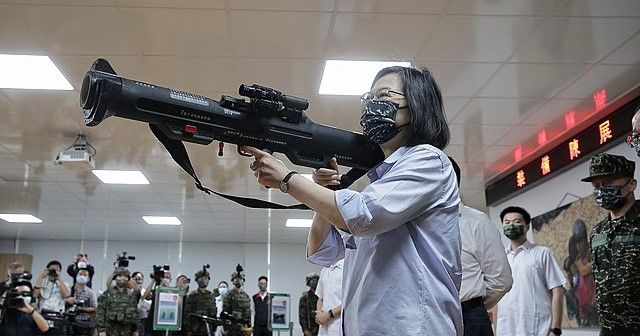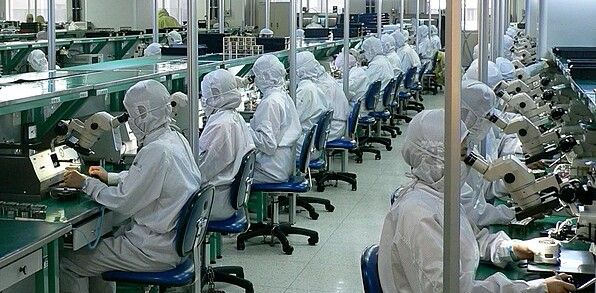China vs America: The Drone Arms Production Race
Should America follow China’s lead in large scale drone construction?

While so much of the media is focused on the fighting in Ukraine, it is important not to ignore the build up to war that is happening around Taiwan.
President Xi Jinping has openly declared that the Chinese military must be prepared for an invasion of Taiwan by 2027, heating up an already hot arms with both sides push their industrial complexes to the limit in terms of technology and manufacturing.
As Shelby Holiday, a senior correspondent at the Wall Street Journal reports, “… it's not just a matter of gaining the technological advantage, it's a race against the clock.”

As the Pentagon’s annual report to US Congress stated, “The 2022 National Defense Strategy identifies the People’s Republic of China as the ‘pacing challenge’ for the Department of Defense.”
With China having a clear advantage in terms of population over Taiwan, the US is completely rethinking its defence strategy to reduce its dependence on troops on the ground.
“We have an opportunity now,” states Kathleen Hicks, US Deputy Secretary of Defense, “for a game changing shift that we have long pursued. Deterrence, including across the Taiwan Strait, is real and strong and we're doing more than ever to keep it that way.”
For this reason, the US Department of Defense and the American arms manufacturing sector the advance of drone technology and production are seen as a top priority, with unmanned vehicles in the air, on land, on sea, and underwater seen as crucial to Taiwan’s security.
Currently, the US military undoubtedly has the technological advantage. Using its huge defence budget to ensure that the world’s first combat and reconnaissance drones were American made and flown in operations in Afghanistan and Iraq during the US counter-insurgency operations.

That advantage remains strong for now; however, military analysts have noted the speed at which China’s manufacturing sector has been able to re-engineer civilian drone technology to become the world leader in hobby drone production. Many of these Chinese drones, such as the DJI Mavic 3, have been adapted by troops in both the Ukrainian and Russian armies for use on the frontline.
At the start of the war, US Military Intelligence estimated that as many as 10,000 drones were being consumed each month in the fighting. Today, the ongoing high human casualties and the nature of the trench war conducted in Ukraine has continued to show the value of drones on the battlefield. While their use in kamikaze attacks is an accepted rate of loss, their effectiveness in troop observing, reconnaissance, artillery spotting, tank-busting, and even use as guided anti-ship missiles shows their versatility.
This has led to the creation of anti-drone drones and drone blocking guns and interceptors, designed to counter the drone threat.

With China now gearing up for war in the South China Seas, US military planners now fear that it may deploy its powerful manufacturing base to construct a drone swarm that would overwhelm Taiwan’s air defence systems and even threaten any US Carrier Fleet Group in the region.
The Pentagon is therefore preparing to manufacture and deploy cheap unmanned systems, believing it to be the best way to gain a tactical advantage, just as it leveraged GPS and satellite communication advantages over other enemies in the past.
“By deploying thousands of autonomous sea, land, air and space-based drones and pairing them with sensors, artificial intelligence, and even weapons, military leaders say they'll be able to see, plan for and act on threats much more quickly than they can now,” a recent WSJ report notes. But adds the caveat that, “Getting all these systems deployed quickly won't be easy.”
While the US drone production sector claims it can increase manufacturing rates, many of the systems have intricate supply chains. This means that the production of a single drone can take weeks or even months. In addition, the Pentagon will have to deal with the current surge in demand for aerospace industry products. This has resulted in a shortage of trained labour, raw materials, and cutting-edge parts. It is a situation where China holds the upper hand if it wishes to out-manufacture the West.

“It's gonna be a challenge,” says Admiral (ret.) Eric Olson, Former Commander of US Special Operations Command on the US military’s position to boost autonomous system production. “The fact that the Deputy Secretary of Defense herself is the leader of this effort, I think is essential.”
Although the Pentagon claims to be purchasing drones quickly, several drone manufacturers claim it is far too little to achieve the kind of generational change the US military is hoping for. Especially given the size of the Chinese manufacturing base.
“I've been watching the Chinese military industrial complex for a long time, and they do have a lot of advantages,” says Lyle Goldstein, Director of the Asia Engagement, Defense Priorities think-tank. “Not only can they operate in secret, and they only reveal things when they want to, they can move things incredibly quickly.”
Despite these challenges, he and other military analysts remain convinced that expanding US military drone capability and fleet size is essential to dissuade Chinese aggression.
“If China's going forward in this realm and they are, then we probably should too,” he says.
And if that is the case, then the West’s drone production sector certainly has its work cut out.
Photo credit: Wikimedia, Macrovector on Freepik, Wikimedia, Flickr, & Wikimedia

